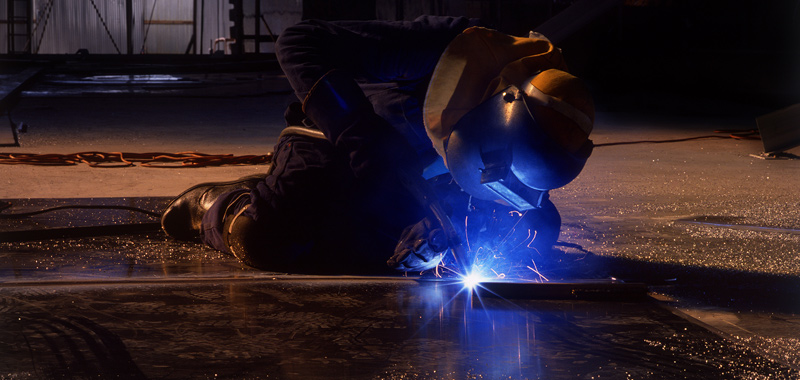Occupational accident during welding work on ship. What if the cause of the accident is not established?
Rotterdam District Court dated 1 May 2015.
Facts: cause unclear
On 10 August 2012, an employee suffered an accident at work while performing welding work in the engine room of a ship. The employee had no recollection of the accident, and no witnesses were present. How the accident happened is unclear. The injuries he sustained consisted of a cut on his chin and a skull base fracture, resulting in permanent health problems. The employee held his employer liable for the material and non-material damages, but the employer rejected liability.
Labour Inspectorate: investigation
The Labour Inspectorate investigated. It found that certain openings in the floor of the ship had not been sealed, which was a violation of the Working Conditions Decree. However, it was unable to establish a link between this violation and the cause of the accident.
Employer: no breach of duty of care
In the proceedings, the employer states that it fulfilled its duty of care for a safe working environment, as the employee was wearing safety shoes, overalls and gloves, and had access to welding goggles and a safety helmet. It also claims that it gave written and oral instructions to the employee and that the foreman supervised. However, such a working environment (a ship), is characterised by many height differences, edges, landings, pipes, etc. An accident is therefore in a small corner and the employer does not have such a duty of care that even falls due to inattention can lead to liability, the employer argued.
Cantonal court: employer liable
The subdistrict court put first that the accident happened during working hours and at the workplace. There is no dispute about that. She further determines:
- In case the cause of the industrial accident not established, and will never be established due to lack of witnesses and other evidence, the employer is liable in principle. The employer escapes liability only by proving that it has fulfilled its duty of care.
- According to the subdistrict court, the employer did not take sufficient measures. In such a work environment, as outlined by the employer itself (!), an employee should precisely not work completely alone and thus unsupervised. Thus, no colleague or supervisor could have prevented the accident, warned the employee of danger or noticed the accident. The uncovered holes in the floor also play a role in this, even though no connection between the holes and the accident has been established.
- Finally, the severity of the injury, the skull base fracture with permanent effects, indicates that the employee did not just stumble but must have suffered a serious fall or collision.
In short, the employer is liable for the accident.
TIP: Get the accident recorded as soon as possible. Check whether there are any witnesses. Even if there are no witnesses, and the cause is not established, your employer may be liable. Take contact contact Labour InjuryAdvocates if you wish to have this investigated.

